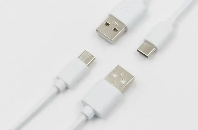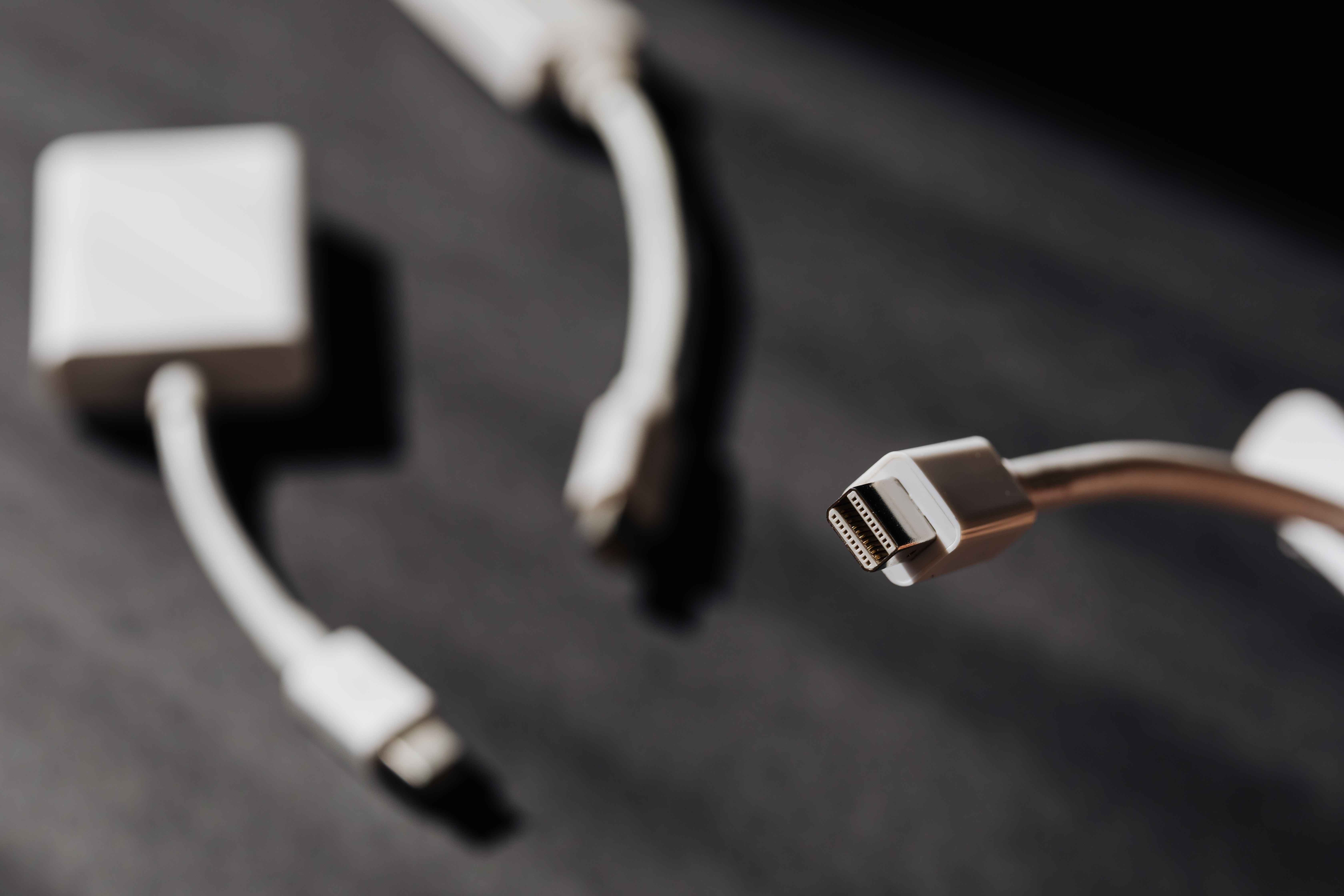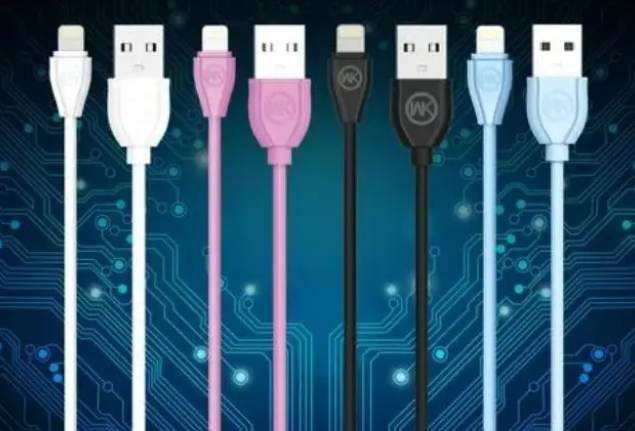Is it dangerous to break the data cable sheath? A broken data cable sheath is generally not dangerous. However, it is best to replace it with a new one as soon as possible. Although it is barely usable and there is no major risk, the core wire is particularly prone to breakage. If the outer skin of multiple core wires is broken, there is a risk of short circuit. To prevent errors when using a data line at critical times, it is also recommended to buy a new one immediately if it is still usable.
In addition, it is not recommended to use a damaged data cable. The most frequently contacted data cable is a mobile phone. Some people will indulge in using a cracked data cable. However, there are significant safety risks, especially when charging at night, when people are sleeping, and if the cracked data cable experiences heat and coking, it may cause a series of incidents such as cell phone battery scrap and explosion. For data lines of other appliances, if something similar to a mobile phone data line occurs, there will be greater hidden dangers. Therefore, try not to use cracked data cables. Currently, households are equipped with leakage protectors. However, it is not recommended to use cracked data cables.
Data Line Introduction
In a broad sense, a data line is a communication cable that connects various electronic devices and transfers data and information between them, or a bridge for communication between various electronic devices. In a narrow sense, a data line is a dedicated data transmission line. There are many types of device interfaces that can be classified according to their standards and functions.
In general, a data cable is a tool used to connect mobile devices and computers for communication, as well as for charging mobile phones and transferring data. Moreover, with the development of electronic devices, their data lines have become an indispensable part of our daily lives.
There is actually a difference between a phone data cable and a USB charging cable. The cables used to charge phones that we often use today are basically data cables that combine data transmission and charging functions. Some USB charging cables have only one function, that is, they can only be used for charging. In fact, these two lines are different even though they are identical in appearance. Unless otherwise specified, charging lines are universal.
Generally, our data cable and charging cable use USB interfaces. Generally, there are four cables. The charging cable uses the VCC and GND cables of the power supply, while the data cable uses the VCC, GND, and two communication cables D+/D - to transmit data.
There are four lines in the data line, which have the functions of charging and data transmission. There are two lines in the USB charging cable, which can only be used to charge mobile phones and devices. Therefore, the mobile phone data cable can be used as a USB charging cable (power cable), while the USB charging cable cannot be used as a data cable because it does not have data transmission function.









